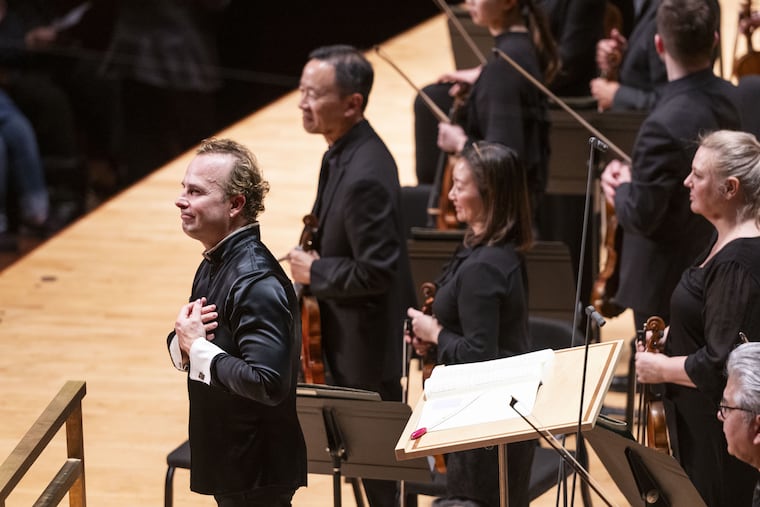Philadelphia Orchestra showcases Mahler’s Symphony No. 6, noted for its powerful sound and impressive performance quality.
The Philadelphia Orchestra’s recent performance of Gustav Mahler’s Symphony No. 6, delivered under the baton of Music Director Yannick Nézet-Séguin, showcased a profound interpretation of a work often termed “Tragic.” Despite its nickname, Mahler composed this symphony during a particularly joyful phase of his life, an interesting juxtaposition that reverberated throughout the evening’s performance.
The concert, held at Marian Anderson Hall within the Kimmel Center, took place on a rainy Friday night, where an air of anticipation permeated the atmosphere. Known for its thunderous dynamics, the final movement of Symphony No. 6 features commanding percussion passages that left the audience both intrigued and somewhat apprehensive about the sonic journey ahead. With Nézet-Séguin gaining a reputation for delivering some of the most powerful orchestral performances in New York, the expectation for an exhilarating experience was palpable, especially as the orchestra is slated to perform the same piece on Tuesday at Carnegie Hall.
As the orchestra began, it became apparent that this performance was characterized by a thoughtful and nuanced exploration of Mahler’s intricate score. Unlike some interpretations that lean toward hyperbolic or overly polished renditions, Nézet-Séguin’s approach embraced the colorful subtleties reminiscent of Claude Debussy and Maurice Ravel, drawing listeners into the richness of the music. The Philadelphia Orchestra, known for its exceptional skill, matched this vision, delivering a performance steeped in both dynamism and elegance.
The captivating listening experience was evident, as audience members remained fully engaged for the symphony’s approximately 80-minute duration. Symphony No. 6 is known for its complex structure, which invites new meanings with each encounter. Nézet-Séguin’s interpretation illuminated the multifaceted characters of the movements, painting psychological landscapes rather than solely visual scenes.
The relentless first movement unfolded like an exploration of the human psyche, while the second movement, although suggestive of a dance with its triple meter, delved deeper into unsettling themes representing nightmarish visions. The Andante movement offered a pastoral calm, skillfully highlighted by an intricate interplay between the orchestra’s instruments, which conjured thoughts of summer memories fading into the background.
As the performance reached its climactic final movement, the auditory experience shifted dramatically, creating a complex tapestry of sound that posed intriguing questions about coherence within sheer abundance. By the conclusion, listeners were left contemplating the intricate layering of themes and motifs, emblematic of Mahler’s genius, raising the eternal question: if clear answers existed within the music, would it still truly be Mahler?
The Philadelphia Orchestra’s presentation of Mahler’s Symphony No. 6 promises another opportunity for audiences on Sunday, April 13, at 2 p.m., with tickets priced between and 6. For further information, attendees may contact the orchestra or visit their official website.







